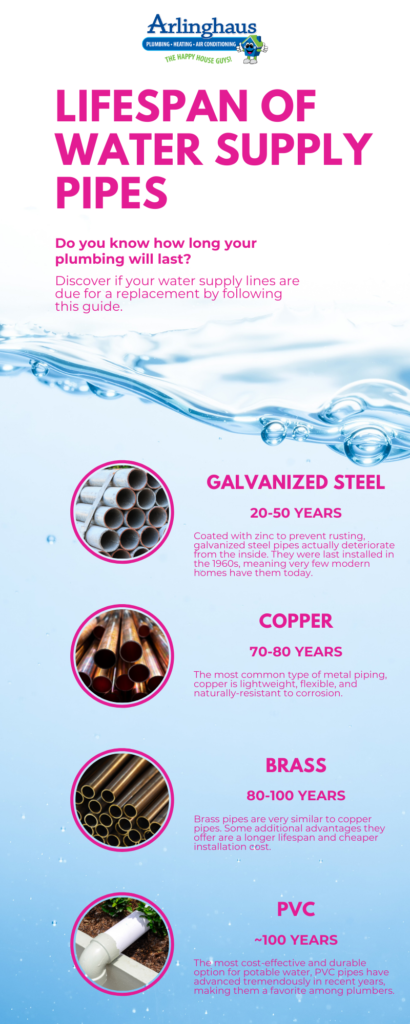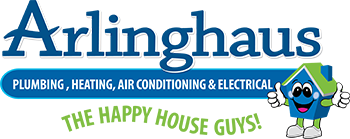Problems with plumbing fixtures and appliances are common in every home. No matter how meticulous you are about taking care of your plumbing system, issues can crop up at any time and for any reason.
But nothing is quite as frustrating as dealing with low water pressure. Learn why your home’s water pressure is low and how you can fix it.
Issues With Municipal Water Supply
Before you start messing around with your plumbing system trying to figure out why your water pressure is low, ask your neighbors if they’re experiencing a similar problem. When multiple homes on the same street have pressure problems, there’s a good chance the municipal water supply system is to blame.
Instead of calling a plumber, get in touch with your water supplier to see if they are aware of any issues or work being done on the main water line.
Main Water Valve or Water Meter Valve Is Partially Closed
If a municipal water supply issue is not the reason why your water pressure is low, it’s time to start tinkering around the house. Let’s start with the main water valve, which controls the flow of water for the entire house.
The main water valve is usually located in the basement somewhere along the wall facing the street. If you don’t have a basement or crawl space, check the outside perimeter of your house. The main water valve will either have a lever or knob—make sure this is fully open by turning the shutoff valve counterclockwise as far as it can go.
Check the water meter valve next if your main water valve is not the cause of low water pressure in your home. This valve is usually only accessed by the water meter company or professional plumbers when work is being done on your house. Have you recently had your house remodeled or renovated? Contact your water provider to inspect whether the water meter valve has been left partially closed.
Damaged Pressure Regulator
A water pressure regulator, also known as a pressure-reducing valve (PRV), is a special device that reduces the pressure of water coming into your home from the main water pipe. Not all plumbing systems are equipped with a PRV. To determine whether you have a PRV, look for a bell-shaped apparatus located on the main water supply line near the main water shutoff valve.
It can be difficult to detect a problem with your PRV, especially when you don’t have the right tools on hand. If you have a water pressure gauge handy, you can compare the PSI between the water pressure regulator and the water pressure gauge. A lower PSI on the pressure-reducing valve indicates a damaged device that will most likely need to be replaced.
Clogged Water Pipes
Believe it or not, clogs don’t just occur in your drains or sewer lines. Anything from mineral buildup to tree roots can create a blockage in your main water line. When the blockage gets too big, it will restrict the flow of water and cause low water pressure.
Unfortunately, there’s no easy fix for this issue. Water pipes are hard to access and even harder to repair without professional help. This is when you’ll need to call in backup!
Pipe Corrosion
Last but not least, pipe corrosion may be the reason why your water pressure is low. Do you know how old your plumbing system is? Most pipes have an expiration date, after which they will break down and require replacement. Take a look at this infographic to determine the average lifespan of your plumbing pipes.
 Corroded pipes are not easily detectable to the untrained eye. But once your plumbing system starts deteriorating, it can develop leaks and other damages that cause low water pressure.
Corroded pipes are not easily detectable to the untrained eye. But once your plumbing system starts deteriorating, it can develop leaks and other damages that cause low water pressure.
Arlinghaus Can Fix All Causes of Low Water Pressure—Contact Us Today!
Are you frustrated having to deal with low water pressure? Not sure why you’re having water pressure problems all of a sudden? Don’t suffer in silence; call the Happy House guys!
Arlinghaus has a team of professional plumbers available to help in a pinch. We have experience providing long-lasting solutions for all causes of low water pressure. Contact us to schedule a plumbing service today.


